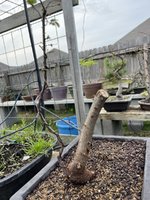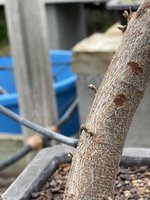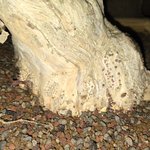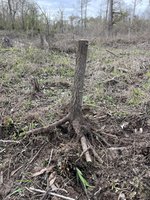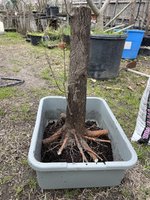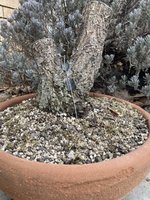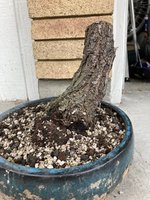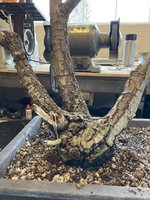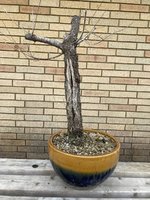IllinoisSam
Sapling
We got this beauty out of the ground. yesterday There were several fat roots heading in every direction, but after working the root ball, there were hardly any fine roots left. I washed what was left and potted it with pure pumice 1/4" - 3/8". Then I used a bunch of wire and a stake in the ground to keep it solidly in place and minimize any root movement within the soil. It's in a mostly shady location. I have set up a misting system and will be misting for a minute every four daylight hours.
One of the guys in our club said I should trim a lot of the foliage, since there are so few roots. But, I'm not sure about that, especially since the regular misting should help replenish water.
All input is welcome.
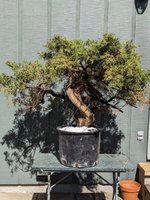
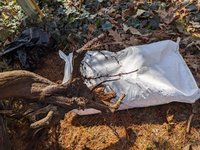
One of the guys in our club said I should trim a lot of the foliage, since there are so few roots. But, I'm not sure about that, especially since the regular misting should help replenish water.
All input is welcome.



